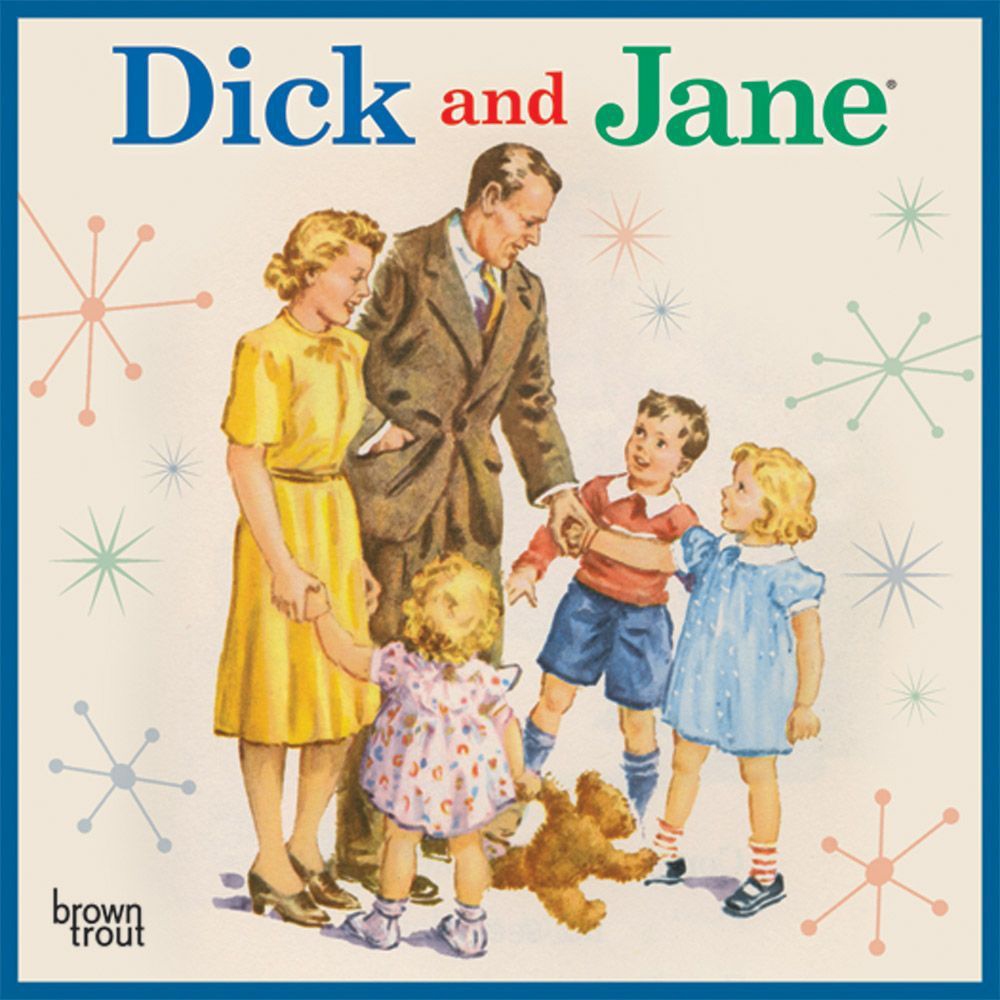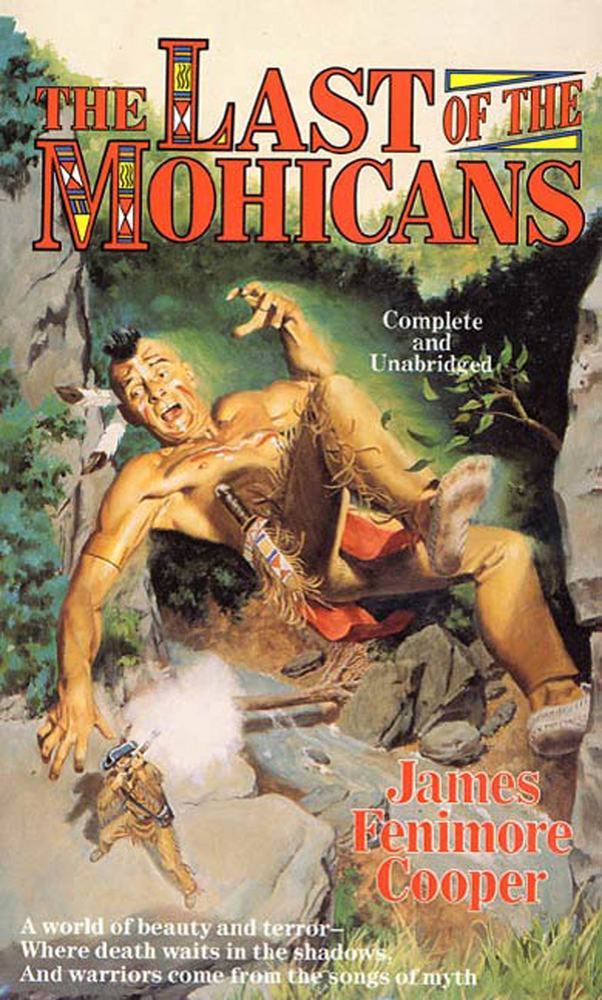author
619.clothing
collaborator
the 1619 project
source
the new york times
Our democracy’s founding ideals were false when they were written. Black Americans have fought to make them true.
— Nikole Hannah-Jones
July 4, 1776 is not part of America’s origin story.
If we’re going to tell the truth about the birth of this nation, we must travel back to one of the most lied about and heavily-revised aspects of our country’s foundation— the atrocity of American slavery.
personal views belong the the author. the facts, however, remain the facts.
The New York Times has embarked upon a journey they’ve deemed, “The 1619 Project.”
“The 1619 Project is a major initiative from The New York Times observing the 400th anniversary of the beginning of American slavery. It aims to reframe the country’s history, understanding 1619 as our true founding, and placing the consequences of slavery and the contributions of black Americans at the very center of the story we tell ourselves about who we are.” — The New York Times Magazine, The 1619 Project, 8.14.19
This body of work will undoubtedly anger many and confuse even more. But why? Most of us know slavery existed. History is not trying to wipe that fact away… right? The State Board of Education in Texas passed a revised social studies curriculum in 2010. Why does that matter? Texas is the 2nd largest textbook manufacturer in this country, so whatever makes it into Texas’ schoolbooks will be served across the Nation as publishers tend to cater to Texas. Have a look at some of the tenets of the proposed curriculum at that time:
- Textbooks are required to include leading conservative groups from the 80s and 90s disregarding mention of liberal or minority groups entirely.
- Music culture is attributed to rock and roll and country completely omitting rap and hip hop because it is deemed to be crude and inappropriate.
- Black Codes, the Ku Klux Klan, sharecropping, and Jim Crow are omitted entirely from history books.
- The only mention of racial segregation centers around the armed forces in 1948.
- States’ rights are cited as the cause of the Civil War, before slavery.
- Moses is heavily-lauded as “the first American” for influencing the Constitution.
- Students are encouraged to question the separation of church and state.
- Brown v. Board is dismissed as being caused because “the buildings, buses, and teachers for the all-Black schools were lower in quality.”
- Students must “understand how the free enterprise system drives technological innovation and its application in the marketplace,” and “explain why a free enterprise system of economics developed in the new nation, including minimal government intrusion, taxation, and property rights.”

If a textbook didn’t meet these standards, it wouldn’t be published. These books were due to circulate in Fall of 2015, and would stay in circulation for at least a decade. So, again, why does this matter? We were able to get our hands on a grade school history book from 1985, a high school history book from 1995, and one from 2015, all by McGraw Hill, one of the biggest publishers of textbooks in this country. In each text, America became more benevolent on matters involving racial divide and slavery, for example. The latter of these references described America as a collection of immigrants represented by colored grids on a map (to illustrate where certain migration patterns congregated), a photo of which went viral when a Black Texan student, Coby Burren, sent an SMS message to his mother sharing the lesson from that day.

Black populations were represented by purple grids with the single-sentence explanation, “The Atlantic Slave Trade between the 1500s and 1800s brought millions of workers from Africa to the southern United States to work on agricultural plantations.” Social Studies/ History textbooks would have our children believing African slaves were merely immigrants and dedicated workers.
This is but a single example of revisionist history.
Gnatola ma no kpon sia, eyenabe adelan to kpo mi sena.
—Ewe-mina proverb
Until the lions have their own historians, tales of the hunt shall always glorify the hunter.

There is a fascinating study from Fischer University, “Representation of Race in Children ‘s Picture Books And How Students Respond to Them,” written by Emily Conley where she conducts an experiment with young children using popular children’s books and the illustrations within them. In this experiment, “Race Representations in Children’s Picture Books,” Conley shows a group of children Little Black Sambo, The Last of the Mohicans, Fun with Dick & Jane, and The Other Side in several different ways. In one experiment, she reads the text with no images. In another, she conducts a picture walk without text. In the final, she had the children observe all the books, side-by-side.
The children made various associations that were in line with their own relationships, but when it came to sharing their feelings regarding characters in the books, for example, all of the children decided Dick & Jane’s mother looked nice while Sambo’s mother looked mean. They couldn’t decide why. They also commented that the Mohicans were wearing “Indian clothes” because that was what they were taught in school. They didn’t refer to them as Native Americans nor did they notice the sterotypes based on what they had been taught. This indicates a lack of critical literacy being taught in the classrooms and at home instilling a completely surfactant relationship with judgement and assessments of other people and cultures and races. This is even further ingrained in academia.

It is also vital that people of color see themselves represented in their history books and understand the origins of where we come from. If we don’t understand where we came from, how will we ever know where we go from here? Our ancestors were ripped from their families and homes, shipped as cargo across 1000s of nautical miles of tumultuous waters, dragged into a land speaking a completely foreign language, brutalized, tortured, sold, and forced into servitude to build this “great nation” for British colonists. It was illegal for our people to speak our native language, outlawed for us to learn how to read, punishable by death to learn to swim so we could try to escape, and forbidden to run. White men sat around inventing the most heinous, diabolical methods of control and torture known to man in order to control Blacks and ripped us from our culture and heritage effectively severing the ties to “home” and confusing us as to who we are. This hasn’t changed, to this day.
Obfuscating and outright changing the facts of where we come from and how we got here is a control tactic. It’s CHENG and CH`I as described by Sun Tzu. “The whole secret lies in confusing the enemy, so that he cannot fathom our real intent.” He describes the impact as, “That the impact of your army may be like a grindstone dashed against an egg—this is effected by the science of weak points and strong.” The attack against the advancement and rightful placement of Blacks in this country is war. Blacks have been constantly fighting to effectuate the principals this country is supposedly founded on.
“Our democracy’s founding ideals were false when they were written. Black Americans have fought to make them true.” — Nikole Hannah-Jones
American history is one of theft, obfuscation, and double-speak. Isn’t it time we knew the truth (or as close to the truth as we’ll get at this point)? In this country, 1 in every 1,000 young Black men and boys can expect to be killed at the hands of the police as death by law enforcement becomes the new leading cause of death for young Black men. That number is 2.5 times higher than it is for whites. The number of law-enforcement-related deaths is also elevated in comparison to whites among Latino men and boys, Black women and girls, and Native American men, women, and children. According to Frank Edwards, a Rutgers University sociologist and study leader, “[Black men have] better odds of being killed by police than you have of winning a lot of scratch-off lottery games.” His study goes on to cite police violence as the leading cause of death for all young men between 2013 and 2018. (Los Angeles Times, Police Shootings Are a Leading Cause of Death for Black Men, 8.15.19, https://www.latimes.com/science/story/2019-08-15/police-shootings-are-a-leading-cause-of-death-for-black-men)
History, as it is taught in this country, paints people of color to be “the bad guy” and weaponizes our Black skin. We’re depicted as animals, represented as evil, painted to be dark and devious, and thought to not feel, literally and physically, as any other red-blooded American does. We won’t be able to make reparations for the past nor will we be wary of repeating past mistakes without an accurate, honest account of our history. This hatred and dominance is systemic. It’s deeply rooted and entwined in our DNA. Science finally understands that every Black man and woman born in this country is born with PTSD embedded in his or her genes from the trauma inflicted on us for the past 400 years. It seems insurmountable, but we must start somewhere, and the truth, as they say, has a way of setting you free.
“We are committing education malpractice’: Why slavery is mistaught — and worse — in American schools.” — Nikita Harris
This is where the New York Times begins The 1619 Project and where 619 purposefully intersects.
“sixnineteen is a legacy that honors our ancestors uplifting those who have paved the way for us. Because of them, we can…” —sixnineteen manifesto excerpt
We recognize the vital importance of representation and have set ourselves to task excavating those accounts of triumph and influence, those stories of perseverance and dauntlessness that are seldom shown and shared.
“We created sixnineteen to answer the severe lack of education and respect history has toward the very people who built this country. Every hand-drawn, handmade, original design is signed and inspected so you know every stitch has heart built into it.” —sixnineteen
Each of our designs is a teachable moment; every illustration, a story; any quote shared is a proverb by which to live. It’s critical that we get this right— for our babies… for our ancestors… for our future. And while we’re looking forward to seeing expository depictions of what history has so deviously glossed over if not changed, we’re solicitously watching.





